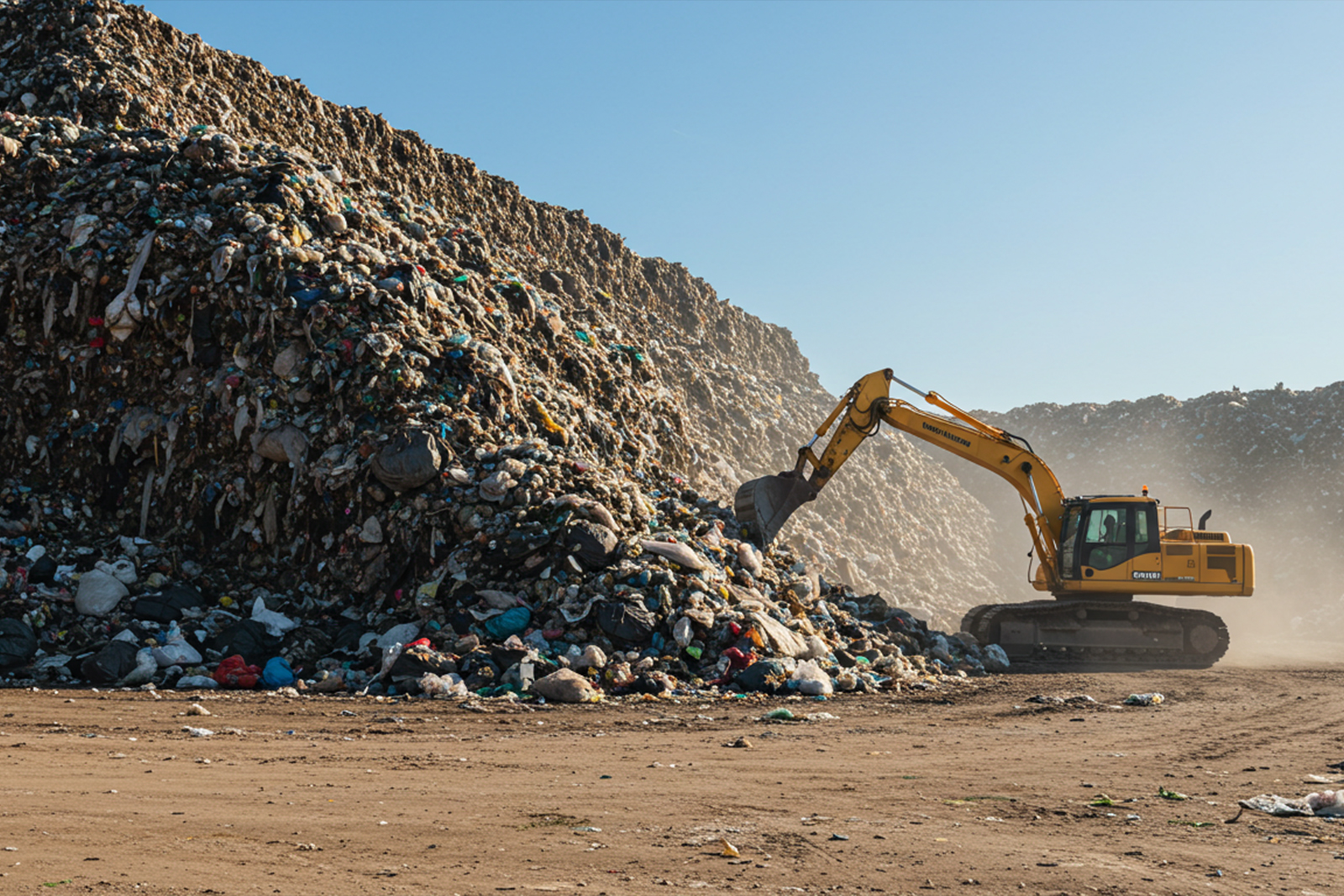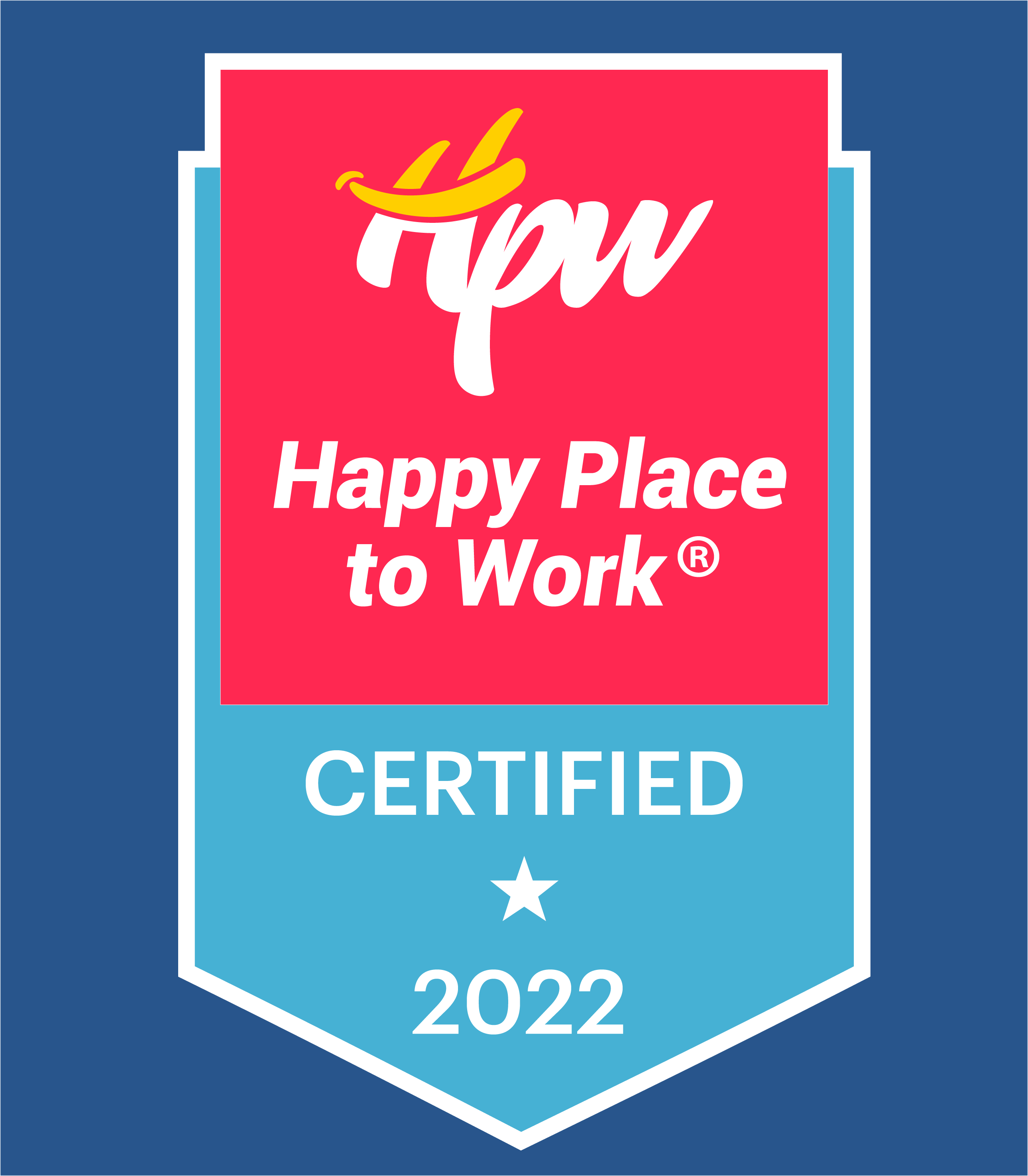Current Activities
Waste Disposal

Waste Disposal
Waste disposal is the process of safely removing or transforming waste without harming human health and the environment. This process is implemented with different methods depending on the type and content of the waste. Waste disposal aims to minimize environmental and public health risks by preventing uncontrolled release of waste into nature. A properly managed waste disposal system not only solves today's problems, but also contributes to the creation of a sustainable environment by protecting natural resources.
Waste disposal includes different procedures for hazardous and non-hazardous waste. For example, biodegradable organic waste can be composted and turned into fertilizer, while recyclable waste (such as plastic, glass, metal and paper) is processed and used as raw material again. In this way, both natural resources are protected and environmental pollution is reduced. Some non-recyclable waste is used in energy production, minimizing the burden on the ecosystem. Disposal of hazardous waste requires stricter control and is carried out in special facilities by incineration or safe storage methods.
An effective waste disposal system provides economic benefits while minimizing environmental impacts. Today, many countries are developing sustainable waste management policies and encouraging methods that contribute to the circular economy. Proper waste management is an important part of the responsibility to protect not only today but also future generations. Every conscious investment is an important step towards a more livable and cleaner world. Biotrend adopts a sustainable and efficient model in waste management processes and adds mixed household waste, forest waste and industrial waste to the economy without harming the environment, and provides environmental protection and energy recovery. In this context, the collected waste is brought to waste disposal and biomass facilities and undergoes various processes.
In waste disposal facilities, waste is primarily classified according to its size, shape and type in a mechanical separation facility. In this process, PET, plastic, cardboard, metal, non-ferrous metals and organic waste are separated. Recyclable materials are sent to licensed companies and recycled into the economy, while organic waste is transferred to biomethanization units to create biogas to be used in electricity generation. The combustible part of non-recyclable waste is produced as waste-derived fuel (RDF) in crushing facilities and is sent to biomass combustion facilities within Biotrend with an integrated approach and included in the energy production process.
In biomass facilities, forest wastes are also evaluated for energy production in addition to ATY. In this process, biomass sources such as pruning and agricultural residues are burned to provide sustainable energy and contribute to the reduction of fossil fuel use. At the same time, sewage sludge and similar domestic wastes are processed with the composting unit. The heat required for the composting process is provided by biogas engines. At the end of the process, the product with high calorific value can be evaluated as ATY, and it is also possible to use it as a soil improver. Thanks to this integrated process, the waste disposal rate is increased to over 99% and managed in line with environmental sustainability goals. Biotrend minimizes environmental impacts by effectively evaluating wastes and ensures that wastes are used for energy production.
ENERGY




